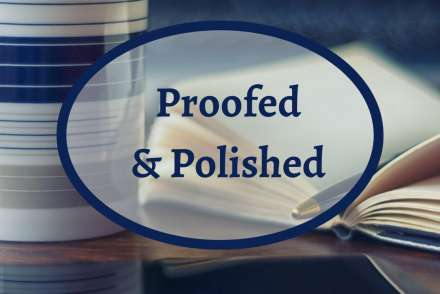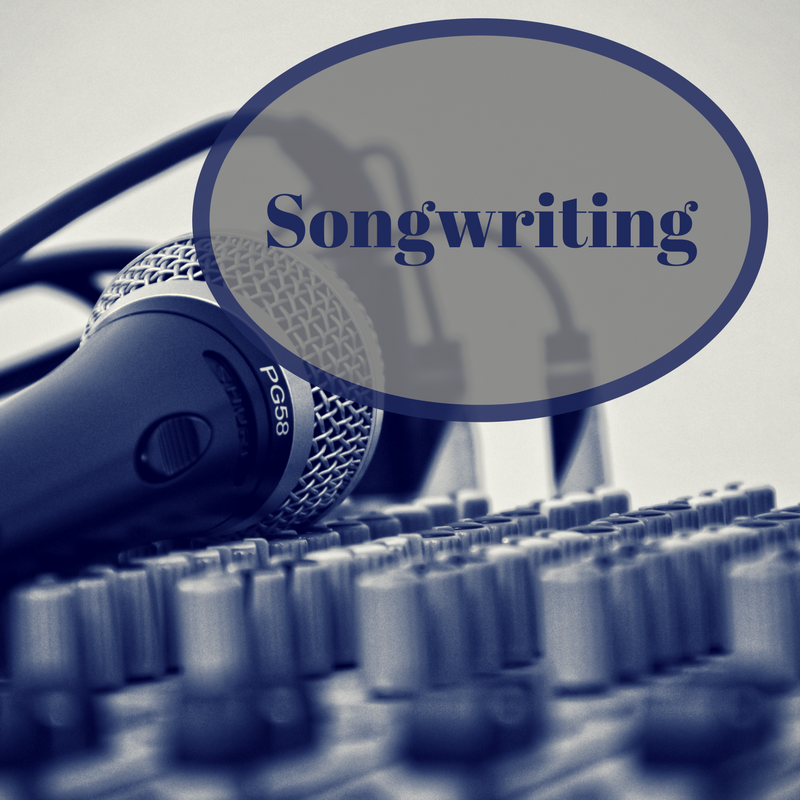
Creating a Story Title
Do you have difficulty coming up with a title for your article or story? This is sure to be…
February 22, 2025
Do you have difficulty coming up with a title for your article or story? This is sure to be…
February 22, 2025
Do all of your sentences begin with “I,“ “we,” or a proper noun? Do all of them start with…
November 22, 2024
Writers Chat, hosted by Johnnie Alexander, Brandy Brow, and Melissa Stroh, is the show where we talk about all…
October 17, 2024
Writers Chat, hosted by Jean Wise, Johnnie Alexander, and Brandy Brow, is the show where we talk about all…
August 31, 2021
The beautiful prose that came to mind in the shower somehow transformed into clunky sentences by the time I…
May 8, 2021
When I was teaching English Learners in high school, we spent A LOT of time studying subject-verb agreement. I…
March 10, 2021
Each author has their own unique voice. Likely, you’ve spent a lot of time developing the tone and style…
February 10, 2021
You might be surprised to read the title of this post. Aren’t editors always right? Won’t you doom your…
December 14, 2020
Let’s Cut Ourselves Some Slack Adding a little flair to your writing with idioms can be confusing, but hang…
December 10, 2020
A Scenario… Finally! You sit back in your chair and breathe a sigh of relief. The project is done,…
September 10, 2020
It has never been easier to publish a book thanks to the rapid advancement of technology. Goodreads and Amazon…
August 18, 2020
As we continue this editing series how we can develop a great story, I hope you’re able to see…
May 24, 2020
In January, I had the privilege of speaking about being a writer at a large private school near…
April 21, 2020
A quarantine isn’t a writing retreat. Sure, some of the greats managed to transmute epidemiological panic into excellent prose…
April 13, 2020
As we continue this editing series how we can develop a great story, I hope you’re able to see…
March 22, 2020
This is the first post in my editing series in 2020 for how to develop a great story by…
January 22, 2020
Presentation is everything, especially when it comes to the publishing world. And your presentation of punctuation is crucial to…
March 22, 2019
When meeting first time bloggers, I am often asked about hosting, web pages, and behind the scenes technical issues.…
January 24, 2019
We’re heading into a New Year. Perhaps you’ve finished a novel during Nanowrimo. Maybe you’re plotting a new story…
December 22, 2018
When thinking about the dialogue in our story, whether fiction or nonfiction, we must consider perspective. With each story,…
November 22, 2018
Hello! How’s your editing been going for you? I hope you’re seeing great improvement, but if you’re at a…
September 22, 2018
If you take a songwriting class, the first thing you will learn is to read the top 40 charts…
August 28, 2018
Writing is a funny art because agents and editors (freelance and publishing house) tell us to write, write, write…
August 22, 2018
Every writer can use a solid critique of their work, especially when they are preparing their work for professional…
July 7, 2018
Ah, at last! The proposal and manuscript is complete, polished, and sent. A contract is offered and joyfully signed.…
December 24, 2017